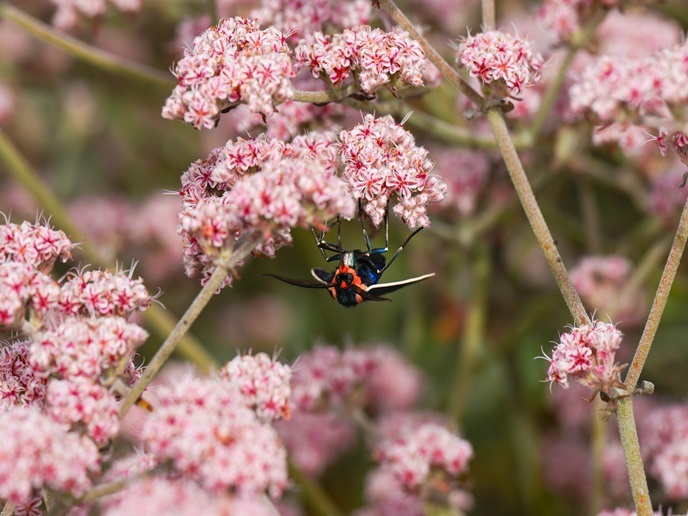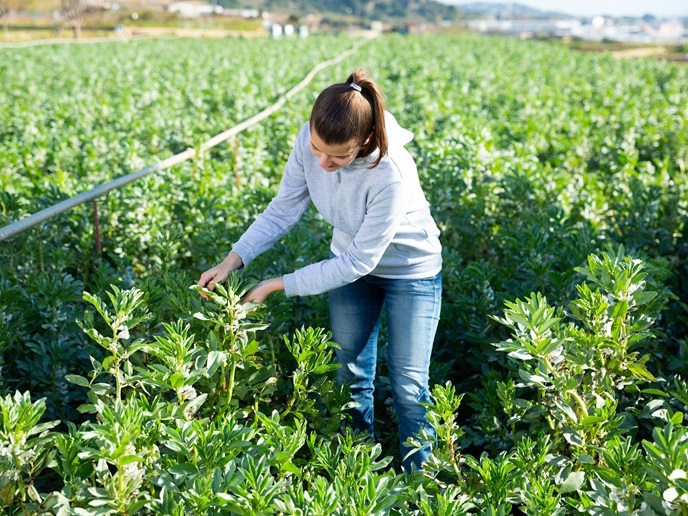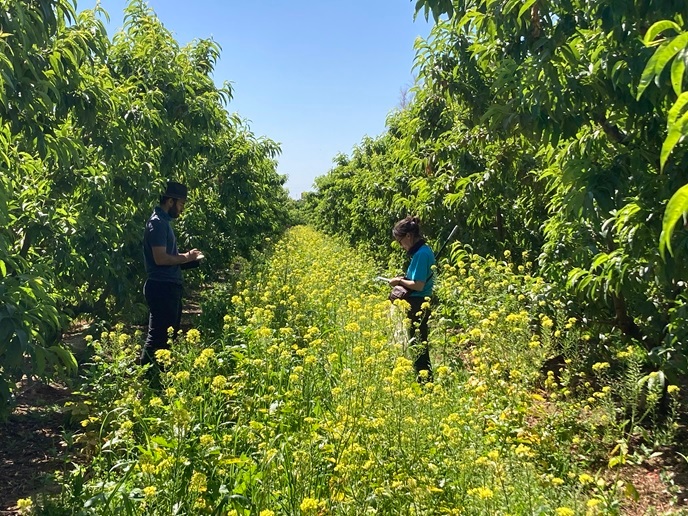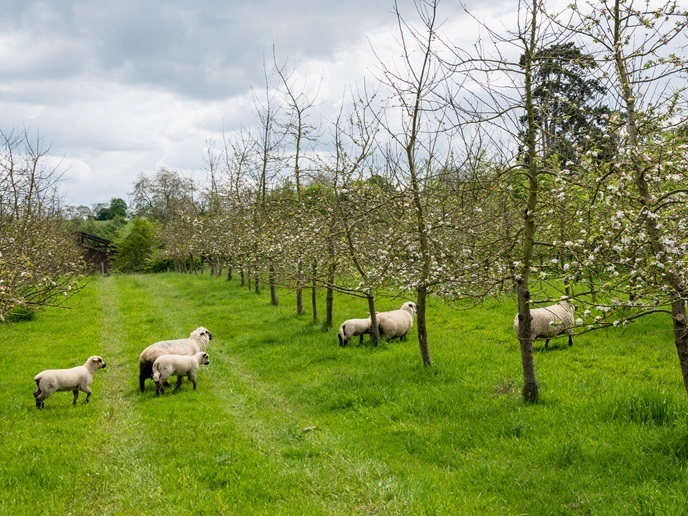New tools and methods to select future-proof crops
To sustain future food security, Europe will need to grow new crops able to withstand the challenges of climate change. This includes the testing and introduction of varieties more adaptable to sustainable crop management practices. In the EU-funded INVITE(opens in new window) project, a consortium of multidisciplinary stakeholders aimed to improve the efficiency of testing for crop varieties. The project developed a series of tools and methods able to test crop success under a range of production conditions and stressors. The team worked on 10 different commercially important crops – predominantly maize and wheat. Many advances were also made on sunflower, tomato, apple and fodder crops, along with soybean and oilseed rape. “The main pressures we tested for were biotic, such as pest and disease, and abiotic – meaning the impact of climate change,” explains François Laurens(opens in new window), scientist at the National Research Institute for Agriculture, Food and Environment(opens in new window) in France.
Defining bioindicators of main crop stresses
The team first ran some upstream research to define bioindicators of the main stresses. To test for the impact of biotic stress on the crops, the team decided to quantify the level of incidence of septoria(opens in new window) – a very damaging fungal disease – on wheat crops during the asymptomatic period. For abiotic stresses, the researchers picked three examples, including: bioindicators for plant water use; testing tomatoes under a range of growing conditions; and testing epigenetic patterns in apple clones under various future European climatic conditions.
Development of new tools and methods
The main results from the project came with the development of advanced tools and methods to test crop varieties, with major advances made in phenotyping, genotyping and modelling. For phenotyping, the team developed more than 40 tests for almost all crops, for a wide variety of plant traits, including characteristics of organs, disease, plant development and climate change adaptation. Field and lab tests involved multiple technologies, including mobile phones, drones, Literal sticks(opens in new window), specific devices for certain crops, and phenotyping platforms. “We have been able to significantly improve the technology readiness levels (TRL) of the different tools studied,” adds Laurens. Some of the highest TRL levels were reached by the examination offices on both wheat crop technologies, measuring key performance traits using Literal sticks and drones equipped with multispectral and RGB cameras; and on maize with one major success, the ‘earbox’ which assesses maize ear characteristics. On genotyping, INVITE defined molecular markers linked to specific plant characteristics, and to help manage reference collections. The team proposed new biotests for three major plant diseases: tomato mosaic virus, tomato spotted wilt virus, and fusarium. Others were proposed for all crops and many traits. INVITE also used a long series of historical data to train new models on statistical and physiological modelling. Beyond pure modelling, the team highlights its progress on ‘envirotyping’, which assesses how crop varieties would grow in various EU countries under future agro-environmental scenarios; and a prototype decision support tool for sunflowers. This helps farmers choose a cultivar that takes into account the variety, agronomic merit, performance and environment.
Seeding new European projects
Direct follow-up to the work will happen through other EU projects, including PHENET(opens in new window), AppleBiome(opens in new window) and InnOBreed(opens in new window). “One of the major successes of the project was to create a real consortium which gathers research, examination and post-registration offices and plant breeders,” says Laurens.







